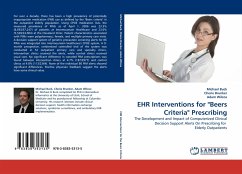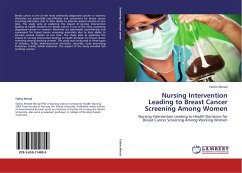For over a decade, there has been a high prevalence of potentially inappropriate medication (PIM) use as defined by the "Beers criteria" in the outpatient elderly population. Using CPOE medication lists, the measured prevalence of PIMs as of April 1, 2006 was 23.3% (8,693/37,247) of patients at Intermountain Healthcare and 23.0% (5,528/24,004) at the Cleveland Clinic. Patient characteristics associated with PIMs were polypharmacy, female, and multiple primary care visits. A decision support system of geriatric precaution screening alerts for 86 PIMs was integrated into Intermountain Healthcare's CPOE system. A 9-month prospective, randomized controlled trial of the system was conducted in 52 outpatient primary care and specialty clinics. Intervention clinics received the alerts, while control clinics received usual care. No significant difference in canceled PIM prescriptions was found between intervention clinics at 4.7% (187/3977) and control clinics at 4.8% (113/2364). None ofthe individual 86 PIM alerts showed significant differences. Positive physician feedback suggest the alerts have some clinical value.








